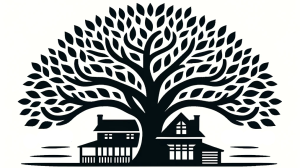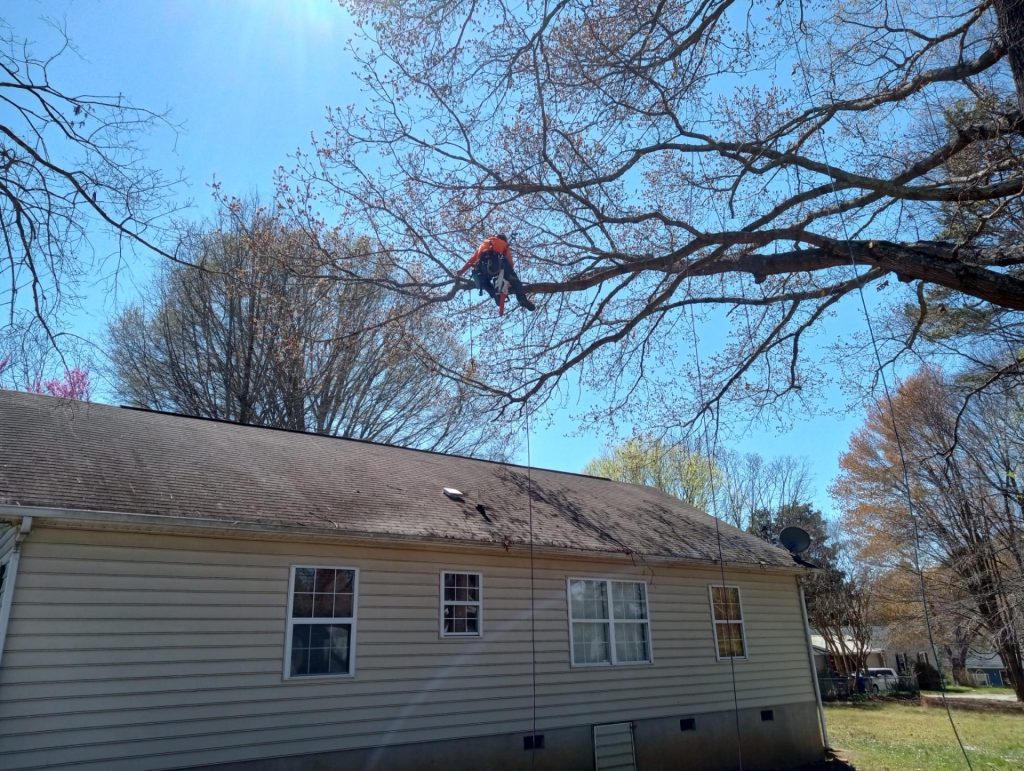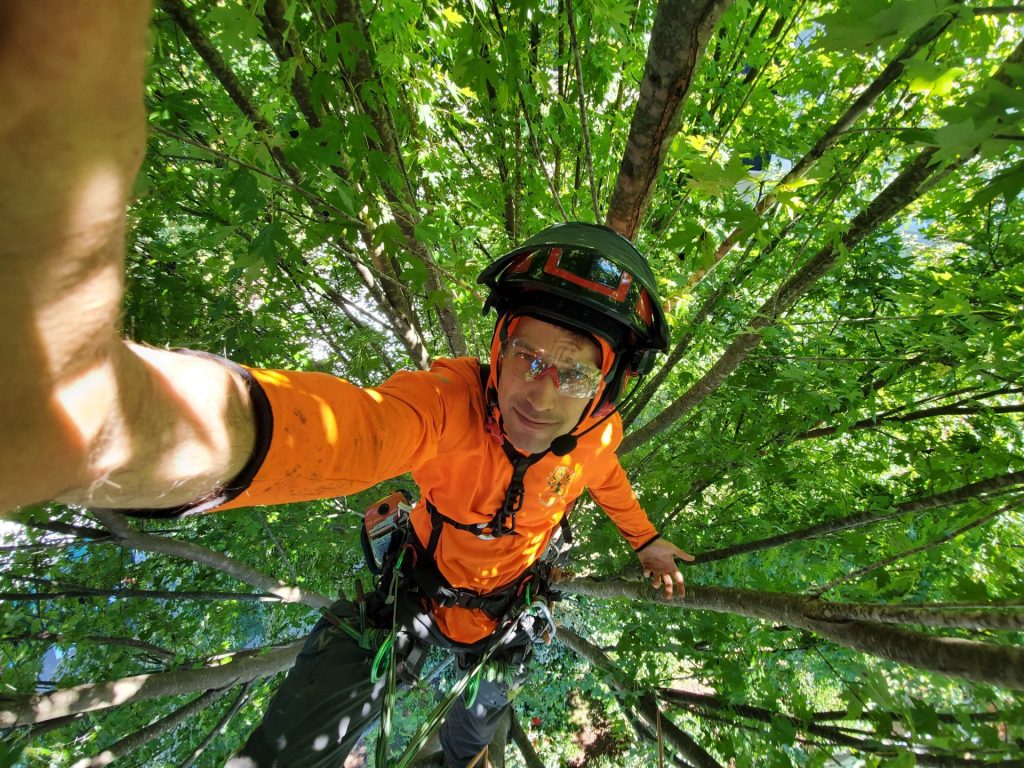Ensuring the health and vitality of trees in North Carolina’s diverse landscape requires a nuanced understanding of the local environment. The state’s varied climate, from the humid coastal plains to the cooler mountain regions, impacts tree species differently, influencing their growth, susceptibility to pests, and disease. Resources like North Carolina State University’s Cooperative Extension offer region-specific advice, detailing care for popular local species such as the Southern Live Oak and the American Dogwood. These guidelines (NC State Extension) help homeowners make informed decisions about tree planting and care, optimizing the health of their trees in alignment with local environmental conditions.
Seasonal tree care is pivotal in addressing the distinct needs of trees throughout the year. Spring invites proactive measures like mulching to retain soil moisture and protect roots, while summer demands consistent watering to combat heat stress. The Arbor Day Foundation provides a seasonal care guide (Arbor Day Foundation) that emphasizes the importance of fall fertilization to support winter survival and highlights winter as an optimal time for pruning, given the dormancy of most trees. This cyclical approach ensures trees are not only prepared to withstand the changing seasons but also primed for vibrant growth.
Regular inspections play a critical role in preventive tree health care, enabling early detection of abnormalities such as fungal infections or bark damage. The International Society of Arboriculture offers a comprehensive checklist for tree inspection (ISA), advising on the examination of leaves for discoloration, checking for loose bark indicative of disease, and monitoring soil moisture levels to prevent root rot. This proactive surveillance allows for timely interventions, preventing minor issues from escalating into major problems.
Proper pruning techniques are essential for maintaining tree health and structural integrity. Incorrect pruning can lead to vulnerabilities, inviting pests and diseases. NC State Extension’s pruning resources (NC State Extension Pruning) detail methods for making clean cuts that heal quickly, recommending the removal of only dead or weak branches unless there’s a risk of property damage. This guidance ensures trees remain healthy and aesthetically pleasing while reducing the likelihood of future issues.
Soil health underpins the overall vitality of trees, with balanced nutrition being crucial for their growth and resilience. The Soils Matter blog by the Soil Science Society of America emphasizes the role of organic matter in enhancing soil structure (Soils Matter), advocating for the use of compost and natural fertilizers to supply essential nutrients. This approach supports robust root systems, enabling trees to better withstand environmental stressors.
The introduction of non-native pests and diseases has heightened the importance of preventive measures. The USDA’s Animal and Plant Health Inspection Service provides updates on emerging threats (USDA APHIS) and recommends strategies such as quarantine and the use of biocontrols to mitigate risk. By selecting disease-resistant varieties and implementing integrated pest management practices, homeowners can significantly reduce the likelihood of infestation and disease, ensuring their trees remain healthy and vigorous.
Professional arborists play a crucial role in diagnosing and treating complex tree health issues. Their expertise is invaluable in situations where specialized care or treatment is needed. The Trees Are Good website connects individuals with certified professionals (Trees Are Good), who can provide advanced diagnostics, soil treatments, and targeted pruning techniques. Engaging a certified arborist is an investment in the long-term health of trees, ensuring they continue to thrive and contribute to the landscape.
Adopting these proactive measures in tree care fosters a healthier environment, contributing to the well-being of the community and the preservation of North Carolina’s natural beauty. It underscores the importance of stewardship and respect for nature, promoting a sustainable approach to landscaping that benefits both current and future generations.



